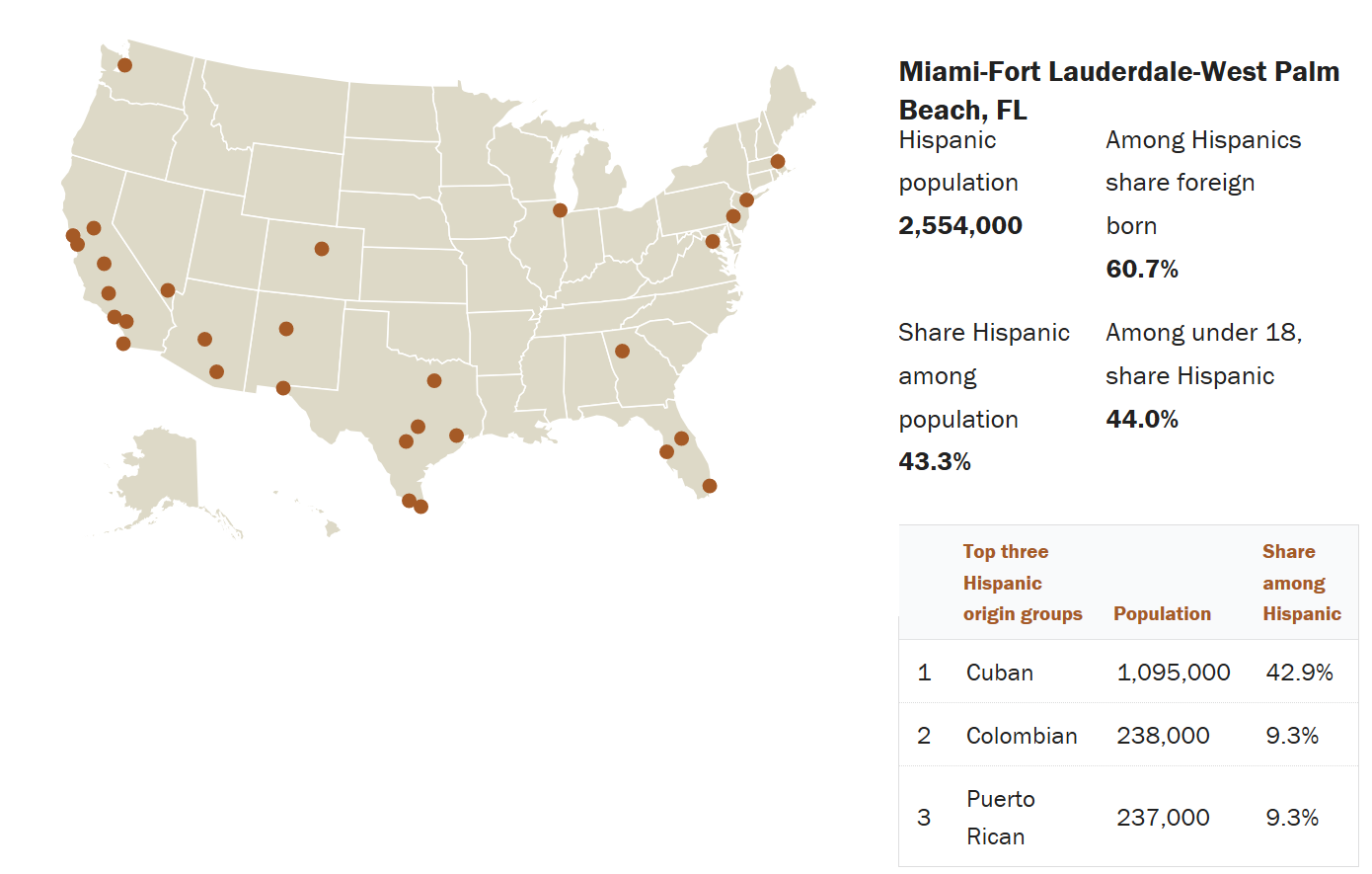What Is Transcreation?
Updated: 5-14-21
What Is Transcreation?
What is transcreation? To start, it helps brands reach international audiences with your content. A simple translation might not be good enough.
Even if you thoroughly research your messaging for your English market, you might find translated content is completely wrong for your new target audience.
We’ve put together this handy guide to help you answer, “what is transcreation?”
Translation Is Not Transcreation
Translation relays the exact words into another language. Machines are good at preserving this one-to-one information exchange, which is why machine translation has become especially prevalent in recent years. Unfortunately, the results often feel as mechanical as the process. You risk losing the original intentions behind your content and alienating your new target market.
Machine Translation: Machine translation means using software to replace the words in one natural language with those of another. Machine translation usually appears to be the cheapest option, but it often needs so much editing and human intervention to wording, intent, and sentence structure that it may not be cost-effective in the long run.
Human Translation: Three types of experts specialize in human translation: freelance translators, translation companies, and international marketing agencies specializing in translation.
Freelancers tend to be the cheapest option, but they may not be as reliable in terms of time and delivery. The quality of your work may also vary from one freelancer to another.
Translation agencies tend to offer more consistency and high-quality translations. The main risk is that they may not understand your target market or the intentions behind your content.
International marketing agencies are the most expensive, but usually the best choice when you want SEO and user experience taken into account. The very best international marketing agencies will localize and transcreate your content as well.

Transcreation
Transcreation is a special type of translation that preserves the message from one language and transfers it into another language, either through written content or visual design.
Transcreation translates the cultural context of a text (e.g., advertisement, flyer, website) from one language to another. Good transcreation prioritizes the ideas, concepts, feelings, and reactions of these texts over word-for-word translation, but it maintains the design elements of your original content for consistency. This ensures that your message has the same impact and resonance, no matter where in the world it’s received.
Transcreation is a key part of any company’s international strategy. It can be introduced early or late in their content planning, but in either case transcreators should work closely with your marketing team to preserve the intent behind your content.
Effective transcreators need to be native in the target language, possess excellent language skills, and be familiar with the cultural background and history of the target audience. Transcreators must also understand marketing and advertising, be intimately familiar with both your company and the target society, and they should possess a strong level of creativity.
Transcreating is not easy, and not everyone can (or should) do it.

Difference Between Translation and Transcreation
The main differences between translation and transcreation is the faithfulness to the message. A good transcreator is faithful to the original text’s messaging and is allowed more creativity.
When translators are faced with a text they usually don’t translate it word for word. Instead, they take into account cultural context, adapt the new text to the target reader, and ensure it sounds natural in the target language without adding or removing any information.
Transcreation aims to evoke the same reaction as the original text within a different cultural setting or context. This might necessitate using different idioms or evoking different culturally relevant examples.
Further Reading:
Spanish Translation vs Transcreation
Localization
Localization is the adaptation of an element (i.e., text, product, brand, software) to a given culture. Localization requires more than translation, especially when you need to make a text (i.e., website, technical documentation, packaging) fit in with a target country’s cultural codes.
A good localization effort should make its target audience feel completely at home on the translated page. Think about how to make your elements as familiar as possible to your target audience.
For example, these two H&M pages are localized for US and British customers respectively. They’re both written in English, but each page adapts their specific terminology to be more recognizable by their target audience.

McDonald’s is another good example of a company that uses transcreation with outstanding results. McDonald’s transcreates slogans and localizes menus to suit the tastes of their target audiences. Each country has its own exclusive menus with products adapted to the local culture.
Mexico Philippines Middle East

Transcreation in Marketing
Transcreation and Sound
Transcreation is celebrated by brands and waged by marketers because of its emotional impact. Words have meaning and hold weight; words matter. However, words would not matter (as much) without context. Therefore, transcreation helps replicate context and subsequent impact for each language and culture.
Imagine someone with a mid-western accent selling New York style bagels. New Yorkers would think, aside from desired lox, something smells fishy! The mid-western accent is not immediately recognized as being akin with New York style delicacies. So, in this case, a person’s accent is out of sync with what’s custom in the region.
For example, particular “accents” are recognized within the United States. The differences may be singular and subtle, yet such things are recognized and have emotional appeal.
The case is similar throughout Spanish-speaking populations. For example, many people in Miami speak a Cuban version of Spanish.

Alternatively, those living in LA are heavily influenced by Mexico’s version of the language.

Transcreation enables brands to make that emotional impact essential to successful marketing. An English-to-Spanish translation must visually appear correct but also sound authentic to a particular region.
Further Reading:





